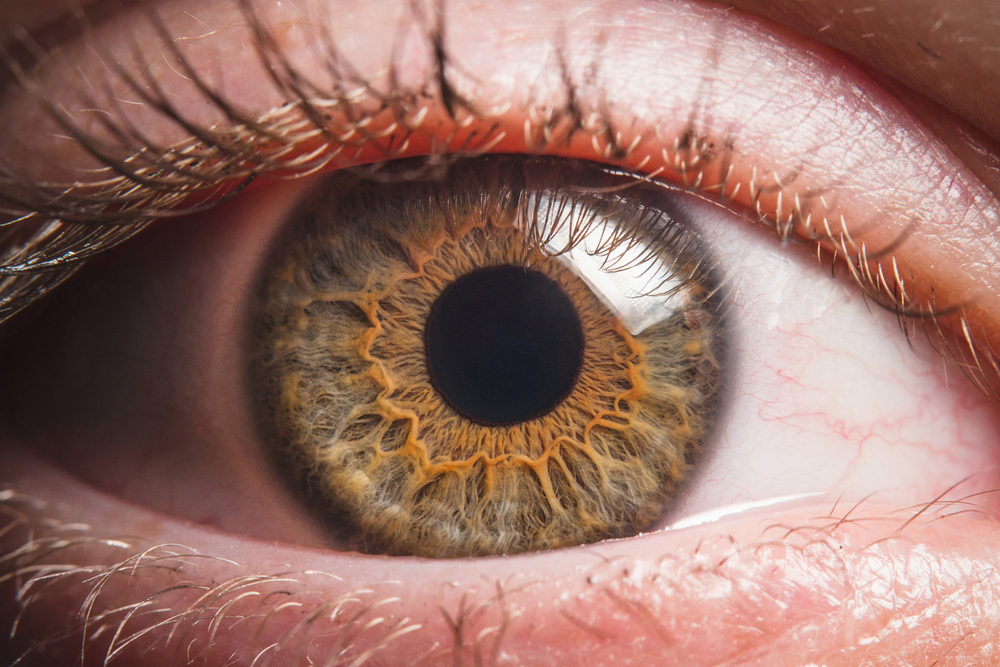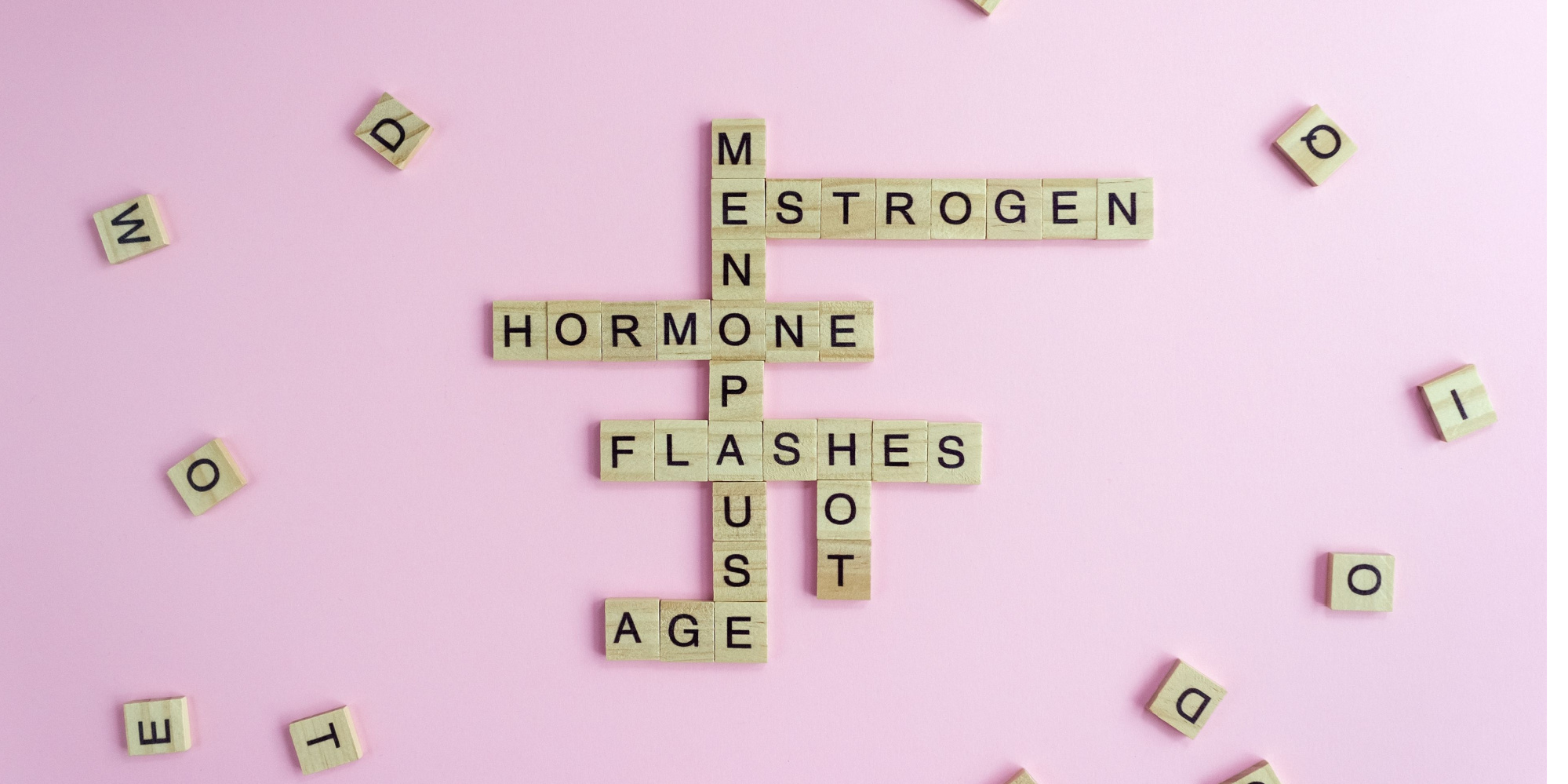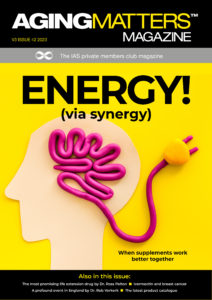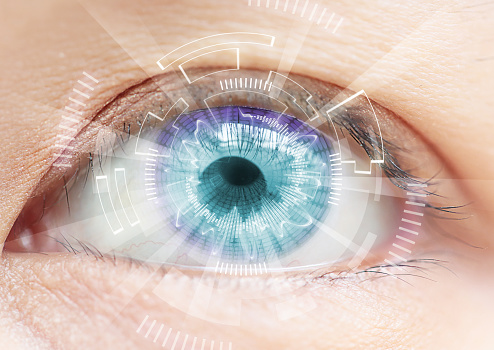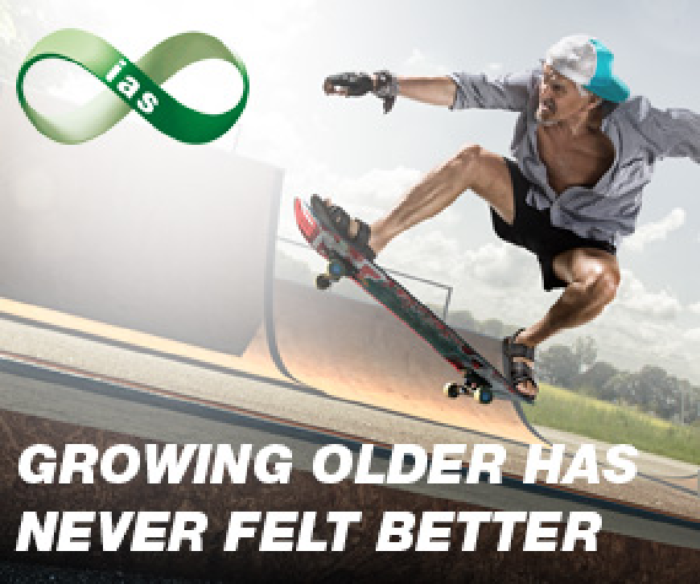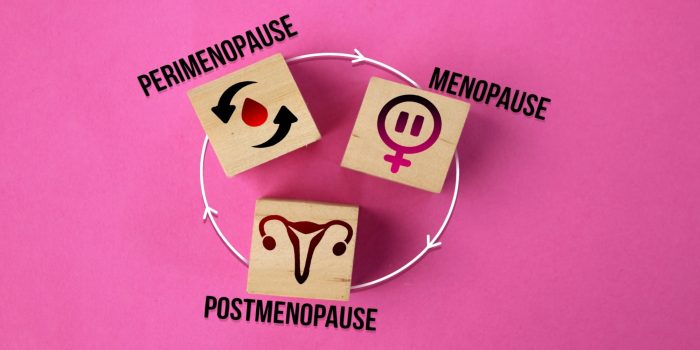
Resistance training can help relieve menopause symptoms
February 7th, 2025It has been said that female menopause is… “Not the end. It’s a new beginning. Embrace the changes and find the strength within.”
A recent study has revealed that a low-impact strength training programme can help menopausal women cope with their symptoms.
The unfair struggles of the menopausal woman
Menopause can be cruel and debilitating, affecting a woman’s work and home life. Thankfully, not all women go through menopause, there are a lucky 25% who avoid the ‘change’ but for those that do have to go through the uncomfortable hormonal transition, it can seriously impact their day-to-day lives.
When a menopausal woman is experiencing red-faced hot flashes like an internal furness, it’s hard for her to accept that menopause is a ‘new beginning’ and she should ‘embrace the changes’.
At times, it can be challenging for a woman to embrace change when night sweats leave her throwing off the duvet and changing her nightwear that is damp from sweating. She could be struggling with joint pain, weak bones, brain fog, poor memory, low mood and weight gain. She can become anxious, develop vaginal dryness, dry skin, low sex drive, irregular bleeding, bladder problems, tiredness and irritability. The symptoms are unfair baggage that a woman has to carry as she navigates through her mid-life journey.
It’s easy to understand why a woman is more likely to agree that menopause is just puberty’s evil big sister, not a new beginning.
Experts have revealed that resistance training can alleviate some of the symptoms and physical issues that arise from menopause
A study at the University of Exeter has shown that menopause does not affect a woman’s ability to build muscle, resistance training can alleviate some of the symptoms and physical issues that arise from menopause.
It’s the first study of its kind which compares the effect of resistance training on muscle strength and mass, before, during and after menopause.
72 women who were not on HRT took part in the experiment. They were either pre-, peri or postmenopausal. Some simply exercised whilst others completed a resistance training programme. Some participants followed the UK government guidelines of 150 minutes of physical activity per week and others took part in a 12-week whole-body programme called Pvolve.
Pvolve is a fitness programme that combines low-impact exercises with resistance equipment to build strength and flexibility. Classes are designed to mimic everyday movements like reaching, bending and walking.
The participants of the study on the resistance training programme experienced a 19% increase in hip function and lower body strength, a 21% increase in full body flexibility and a 10% increase in balance, mobility and stability.
Professor Francis Stephens from the University of Exeter Medical School led the study and said women often saw a “decline in their muscle strength and balance shortly before, during and after the menopause.” She explained that it meant an increase in the risk of falls and fractures later in life, particularly of the hip, which is why women need to maintain that strength and balance as they age.
What happens to the body during menopause?
Menopause can start around the mid-40s. With the change, periods become heavier, unpredictable, and longer and a woman can experience feelings and physical problems that they haven’t felt before.
Approximately 75% of women go through menopause and a quarter of them experience severe symptoms. Unfortunately, there are cases of women starting menopause as early as their teens, the condition is known as POI, Primary Ovarian Insufficiency. The sufferer’s ovaries stop functioning early in life.
The lead-up to menopause is called perimenopause, it’s the transitional period of menopause. It can happen early, naturally or, due to another health condition or post-op, such as a hysterectomy.
During menopause, a woman’s hormone levels change, significantly oestrogen. That hormone controls the menstrual cycle and some other bodily functions. With age, a woman’s ovaries produce fewer eggs. Over the years, the oestrogen levels drop and menopause kicks in. Menopause can affect women in different ways and in different severities.
Oestrogen controls the body’s thermostat in the brain, as the hormone depletes, the thermostat switches up and the brain thinks it’s overheating. This process causes the sensation of hot flashes. Other hormones affected by age are progesterone and testosterone. Progesterone is connected to preparing the body for pregnancy and testosterone is connected to a woman’s sex drive and energy levels.
How can you reduce the symptoms of the menopause and ease the transition?
Tests for menopause are sold and marketed but it is best to go to a doctor who will talk to a woman about her symptoms and perform a Follicle Stimulating Hormone (FSH) testing.
Hormone Replacement Therapy (HRT) tops up and stabilizes oestrogen levels. HRT can come in the form of a tablet, patches, gel spray, vaginal ring, pessaries, Mirena coil and a cream. The type of HRT depends on the person. It isn’t suitable for pregnant women, women that have had certain cancers, blood clots, vaginal bleeding or high blood pressure. There is a shortage of HRT and in some countries, Cognitive Behavioural Therapy (CBT) has been suggested to replace HRT. The type of treatment depends on the person, their symptoms, the menopause stage and other health conditions.
Other options to help control the symptoms of menopause are:
- Giving up smoking – the chemicals in cigarette smoke such as nicotine can disrupt hormone balance
- Limiting caffeine – it acts as a stimulant increasing heat production and contributing to hormone release
- Limiting alcohol – it is a vasodilator which causes blood vessels to expand increasing blood flow to the skin and triggering hot flashes
- Exercising – including walking, aerobic exercise and strength training. Refer to the above to understand menopause and resistance training
- Trying alternative therapies – mindful-based exercises such as CBT and relaxing classes such as yoga, tai chi or pilates
- Joining menopause groups online – find out what works for others and give it a try
- Talking to female family and friends – they may have gone through what you are experiencing and find out how they coped
- Staying hydrated and drinking plenty of water – dehydration can exacerbate conditions such as headaches and hot flashes
- Eating a healthy diet – low in processed and fatty foods. High in protein, minerals and vitamins, most importantly vitamin D because it will help regulate hormone levels
- Taking supplements – we recommend our product MSH-2 (MSH2Pro). The natural product aids libido and it is an appetite suppressant
Combining a low-impact resistance training programme with the points above will help alleviate a lot of menopause symptoms.
For centuries menopause has been a taboo topic but now it is being spoken about and understood much better. The Menopause Workplace Pledge was launched in 2021 by Wellbeing of Women. The campaign calls on every employer to take the Menopause Workplace Pledge and commit to providing menopause support to their staff.
References
- https://www.bbc.co.uk/news/articles/c75zqze27kzo#:~:text=A%20study%20shows%20the%20menopause,which%20arise%20due%20to%20menopause.
- https://www.gov.uk/government/news/civil-service-becomes-largest-organisation-to-sign-menopause-workplace-pledge#:~:text=The%20Menopause%20Workplace%20Pledge%20was,commit%20to%20providing%20menopause%20support.
- https://www.pvolve.com/?srsltid=AfmBOoohbqMapcxhU85ssRMFVENcBrXFk1US2ZsAKuCVFb3peXdsoDb7
